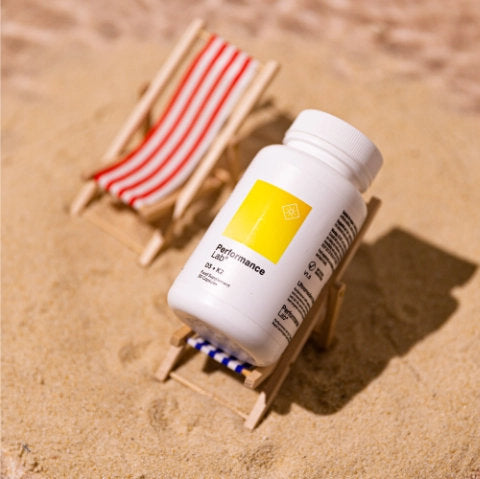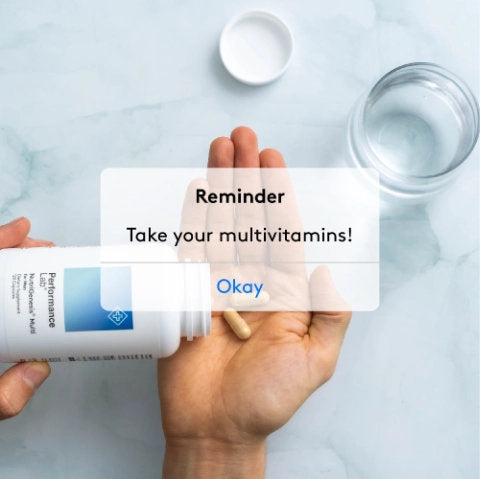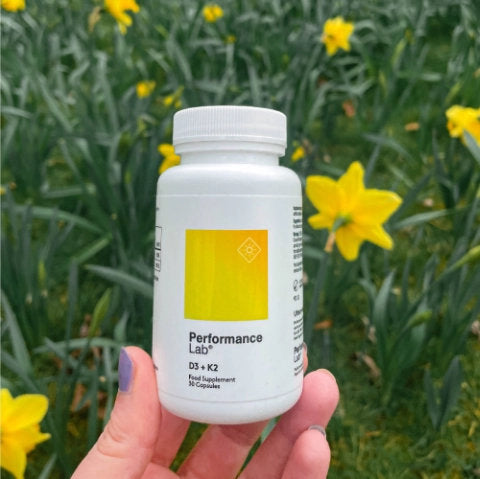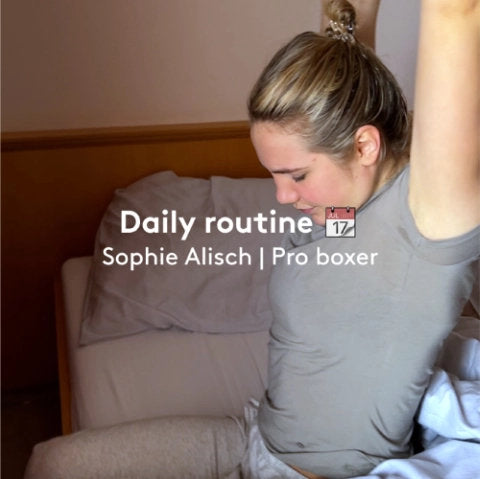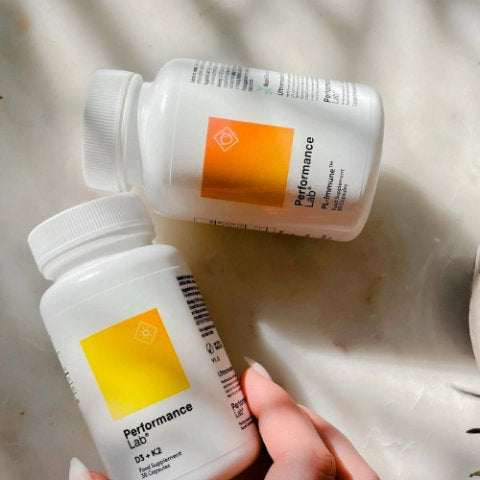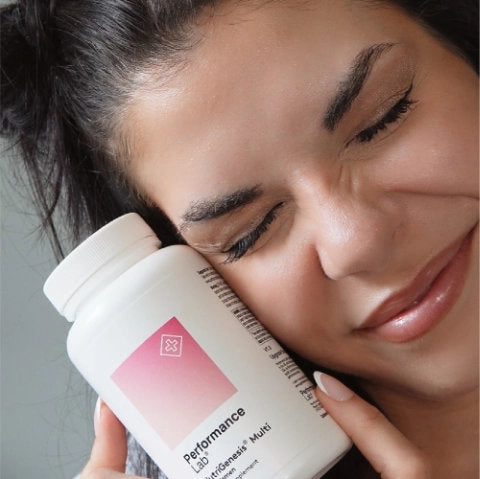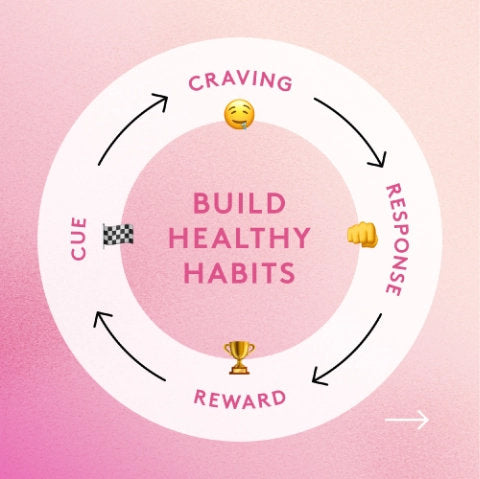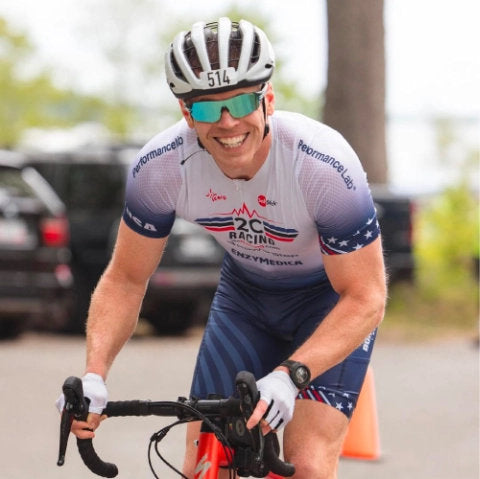The importance of recovery in your training schedule and the strategies you need to transform your sports performance
All great athletes know when to step up their training. When to go hard. When to push their bodies to the limit.
But the very best athletes also know when to stop.
Overlooking the role of recovery can be catastrophic. Draining energy, damaging muscles, disrupting sleep patterns and destroying performance.
The smart thinking now is that the right recovery strategy is every bit as important as the right training program. In high-performance sport, R n R is the new rock n roll.
In this article we’ll kick back, relax and take a look at some of the best recovery strategies for optimum sports performance.
Key points:
- Recovery strategies can give you an edge over other athletes. As an area of research, recovery is becoming increasingly important as a way of fighting fatigue and optimizing performance.
- The most important tools at your disposal include manipulation of training volume, sleep, diet (including supplementation) and stress management.
- Some more novel strategies such as compression garments and hydrotherapy can also help, but research is limited.
- Recovery can vary between individuals. It’s important to find a strategy that works for you.
Exercise, stress and adaptation
Training is the trigger for improved performance - but its high-quality recovery that makes all the difference
Before we get into the research around recovery, it’s important to understand the theories and mechanisms that underpin how your body deals with the stress of exercise. That way, you’ll understand how each method fits into your overall recovery strategy.
The importance of balance between your exercise and recovery has gathered increased traction in the last few years. Coaches and scientists are realizing that in order to optimize performance, recovery should be approached in the same way – and treated with the same respect - as training itself.
Clinical trials have shown that good recovery accelerates performance gains and helps to restore athletes' physiological and psychological processes.1
In other words, recover effectively and you’ll train and compete to the absolute best of your ability. Fail to do so and you’re heading for overtraining and burnout.
Training load stress and the supercompensation effect
As an athlete, it’s likely you’re already primed for performance. Your body may well be adapted to years of intense training and/or competition. So you’re already prepped and ready to hit it hard on the track, in the pool or in the gym.
But it is worth taking a moment to consider the process your body is going through. Exercise is a stressor. Working out triggers the breakdown of energy for fuel. Creating microscopic damage to cells which results in an acute increase in inflammation.
That’s why after a brutal session you can feel sore and tired. Your muscles ache and your range of motion is reduced. You struggle to generate as much force and your performance suffers.
But it’s only temporary. Because your body is the perfect machine.
As soon as your body senses damage from exercise, it begins to fix it. It shuttles fuel and materials to begin the repair job. And after a day or two, you feel energized and ready to train hard again.
As a result, you’ll find that you can perform a little bit better. So your body hasn’t just fixed the issue, it’s made you better. Fitter, stronger, faster and more robust.
This adaptive process is called supercompensation.
Overload + recovery = supercompensation
Adaptation and performance follow a timeline, as demonstrated in the figure below.
Let’s take the bench press as an example. If you hit the gym, perform a few sets and push yourself to fatigue. By trying to complete the same workout the next day, you’ll find your performance will be worse. This is because your muscles are still damaged, resulting in a natural decline in performance.
However, just a few days later - once you’ve fully recovered - repeating the same bench you’ll find your performance back to what it was. In fact, you might actually feel a little bit stronger. Able to complete more reps or lift more weight.
This is supercompensation.
Note: The graphic below shows how performance will trail off during training (section two, from left to right). And remain below par during the recovery period (section three). Before you return stronger (in section three and four).

This means, if you don’t train that muscle or movement soon after, you’ll lose the compensatory effect.
Training must be specific and targeted
In order to improve, you have to apply the principle of progressive overload. In other words, you need to push your body out of its comfort zone to drive the adaptive process. If you don’t regularly add load on the bar or complete more reps you won’t super-compensate.
The second important variable is specificity. In order to get stronger, you need to apply the right strength program. If your goal is to be faster, you need to train for speed. If you’re looking for endurance… you get the picture.
Specificity is one of the most important principles of effective training. After all, you wouldn't expect to increase your squat strength by performing bicep-curls would you?
And the third important factor is recovery.
Adequate recovery has been shown to result in the restoration of physiological and psychological processes, so that the athlete can compete or train again at an appropriate level
We’ve seen from the supercompensation cycle above that recovery is essential. You simply have to let your body heal and adapt to give it the opportunity to super-compensate. Not only that, recovery is also important for limiting negative responses to training overload.
Positive responses to exercise (improved performance) are what training is all about. But if the body responds negatively (no improvement, or worse – a regression in fitness) due to overload or lack of recovery time, you may begin to suffer from overtraining syndrome or burnout.
Recovery strategies to boost performance: what is the best way?
Recovery strategies aren’t just about resting. They’re about finding what accelerates return to optimal performance.
Adequate recovery is crucial to performance. Not only does it help your body repair and restore after exercise, it can also influence the degree and magnitude of your fitness gains.
But not all recovery strategies are built the same. Some techniques and strategies will have a significant and instant impact on your performance. Whereas others might result in such a small effect that you’ll wonder if they are worth it.
In this section we’ll cover some of the more popular recovery strategies and break down the science that surrounds them.
Training load management and deloading
When you’re feeling sore, exhausted and demotivated the last thing you want to do is hit the gym. Many athletes fight through this. But the problem with training hard when you’re fatigued, is that you end up prolonging the time it takes to recover. If you ignore the warning signs, you’re increasing the risk of burnout.
The most effective tool at your disposal when it comes to recovery is reducing your training load. More specifically, the volume of training you’re undertaking – i.e. reps and/ or sets. As this can have the largest impact on muscle damage. 2
For all the ice baths, compression garments and massages, nothing has a greater effect on recovery than simply cutting down on your training.
A deload is a planned block of training where recovery is the goal. And according to research, is one of the best3 recovery strategies you can adopt for improved sports performance.
You can reduce the load you lift, or even the exercises you perform as part of a deload. But the most popular method is to reduce your training volume – i.e. reps and/or sets.
You can fit a deload into your training schedule one of two ways:
- Planned deloading: If you’re periodizing your training you would typically add a deload at the end of each block - roughly every 3-7 weeks. How long you deload for really depends on the intensity and length of the training block itself, but generally a week or two works well.
- Reactive deloading: This approach sees you implement a deload whenever you feel excessively fatigued, even if you’re in the middle of a training block. By taking 2-3 days away from your planned workouts and throwing in some lower volume sessions instead, you can autoregulate stress tolerance.
In other words, a reactive deload has you taking into account daily stress, sleepiness, possibly illness and helps you work around it. Rather than plough through it. Allowing you to recover in smaller chunks, rather than fighting to the end of a training block and taking longer to restore.
The best approach to training load management is a mix of planned and autoregulated deloads. That way, you can work around acute changes to training load on a daily basis. But keep the motivation of a planned week away from hard training every few weeks.

Optimize sleep for better recovery
Let’s be real for a moment… there’s nothing finer in life than a good night’s sleep.
When it comes to recovery strategies, sleep is a gimme. It’s free, easy to prioritize and the benefits are almost incomparable.
The lack of sleep can have a significant impact on performance. Studies have shown that restricting to sleep to fewer than six hours per night for just a few consecutive nights will lead to a significant decline in cognition and mood.
It’s common for disturbances in sleep quality to occur after prolonged intense exercise and competition.4 Clinical tests on sleeping athletes has shown to have a drastic effect on physical and cognitive measures. 5 It negatively impacts on appetite, immune function, glucose metabolism and all areas of athletic performance - strength, endurance and power.
So your job here is to aim for a good 7-9 hours of uninterrupted sleep each night. Even more if your training block is intense or especially challenging.
A good athlete will adopt good sleep practices to optimize recovery. A cool, dark room and a regular routine are essential. Limiting blue light technology and avoiding caffeine a good few hours prior to bedtime are also important.
Even napping (or ‘sleep supplementation’ as it’s known) can be a useful tool for recovery too. Studies6 have shown that even a 30-minute mid-day nap can improve alertness, mood, even sprint times. Napping is a useful recovery tool for athletes who work long hours, travel a lot or are in the middle of a tough training block.
Maintain sufficient carbohydrate intake
It doesn’t matter how many calories you consume, if you train too hard for too long you’ll soon burnout. But maintaining higher calorie and carbohydrate intakes does help offset fatigue and optimize recovery.
It’s important for athletes to achieve an appropriate carbohydrate intake to meet the demands of their sport. But these intakes must also be sufficient to restore glycogen stores between workouts7 to drive recovery and restoration.
In fact, low muscle glycogen levels are said to be one factor that puts the athlete at risk of burnout and overtraining8 during prolonged and intense exercise.
According to research, around 8-10 grams of carbohydrate9 is needed for every kilogram of body weight in order to maintain glycogen stores. That’s roughly 60-70% of overall calories coming from carbs. Although, optimal intake is likely to need tailoring to fit specific demands of the sport, individual energy needs and tolerances (for example, higher carb diets might make you feel sluggish).
It is important to focus on nutrient-rich sources of carbohydrate that also provide micronutrition. Main meals are important but so is regular snacking. Regular and evenly distributed carb intakes are important for overall recovery. But a high-quality post-workout carb supplement [LINK to Carb] is a useful tool for initiating the acute post-workout recovery window.
An important goal of the athlete’s diet is to provide the muscle with fuel for training and competition in order to achieve optimal recovery and adaptation
Takeaway…
R n R is the new rock n roll.
On the journey towards optimum fitness, recovery is as important as exercise. You will never achieve the results you’re looking for without giving your body enough time to restore and repair between workouts.
Sleep, diet and a smart training-load strategy is the holy trinity of optimal athletic performance.
Listen to your body, don’t ignore symptoms of overtraining. And learn when to push hard and when to ease back.
References
- https://www.gssiweb.org/sports-science-exchange/article/sse-120-recovery-techniques-for-athletes
- https://www.ncbi.nlm.nih.gov/pubmed/15705032
- https://www.ncbi.nlm.nih.gov/pubmed/18438210
- https://www.gssiweb.org/en/sports-science-exchange/Article/sse-113-sleep-and-the-elite-athlete
- https://www.ncbi.nlm.nih.gov/pubmed/7302594
- https://www.ncbi.nlm.nih.gov/pubmed/17852691
- https://www.ncbi.nlm.nih.gov/pubmed/14971430
- https://www.semanticscholar.org/paper/PSYCHO-PHYSIOLOGICAL-MARKERS-OF-OVERREACHING-AND-IN-Bell-Ingle/59148644ede5d1878b36db2f05508609b8110e7e
- https://www.overvoedingengezondheid.nl/wp-content/uploads/2015/03/88379-219821-1-PB.pdf

